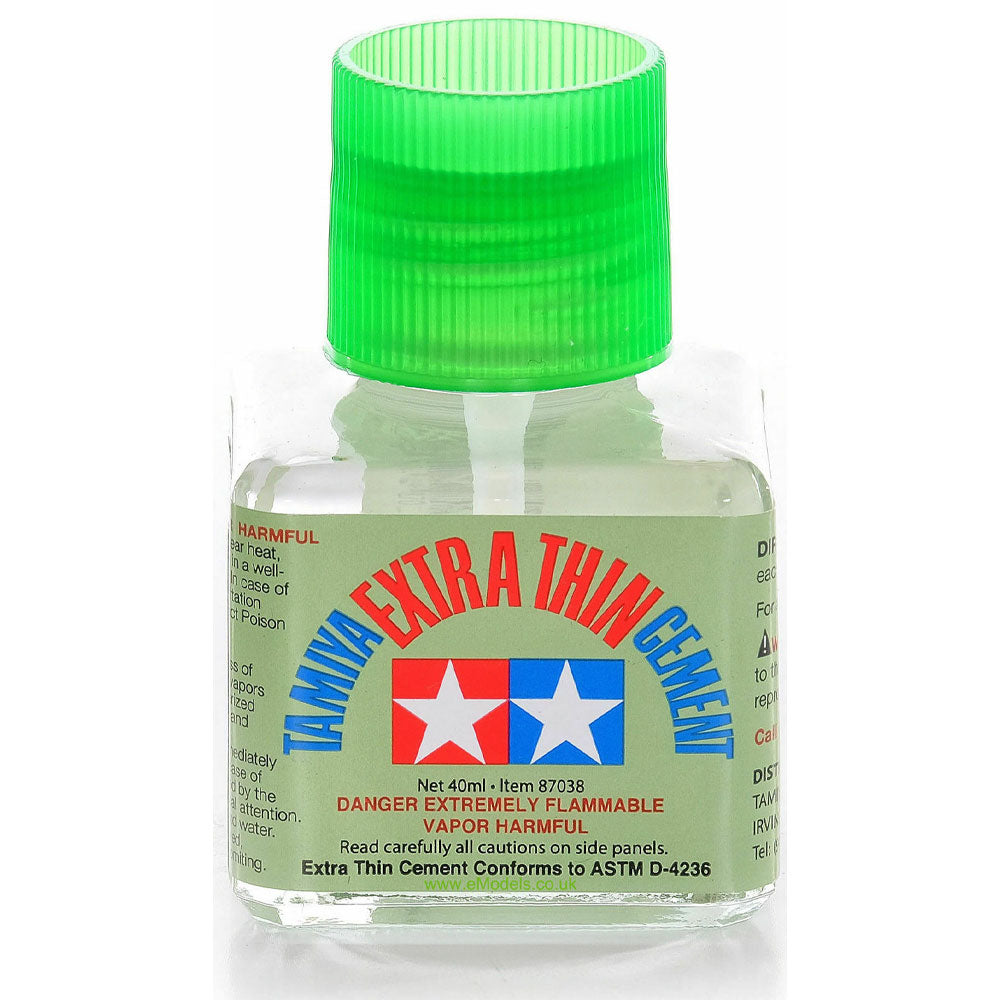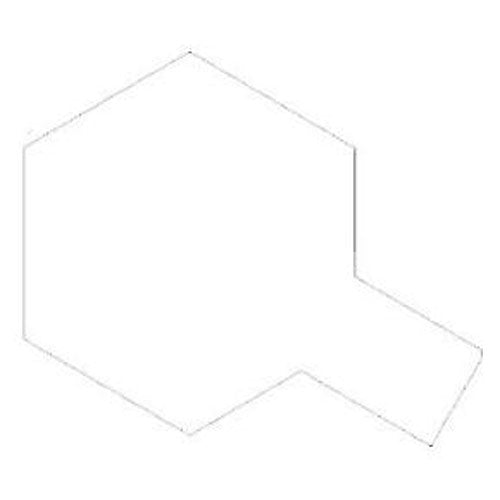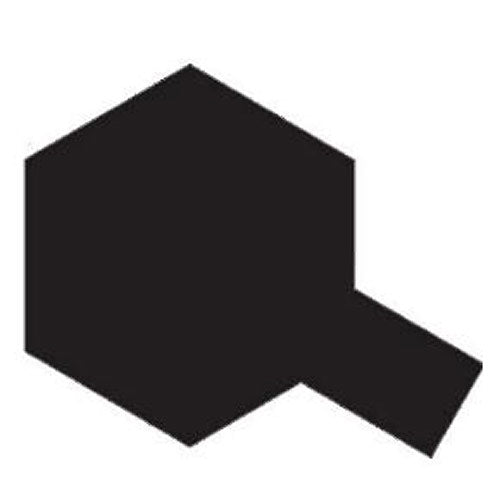Model Paint Guide
Introduction
Welcome to the ultimate guide for model paints! Whether you are a beginner or an experienced modeller, understanding the right types of paints and how to use them is crucial to achieving stunning results for your models. This guide will walk you through paint types, techniques, and tips to ensure your creations look their best.
Types of Model Paints
1. Acrylic Paints
- Characteristics: Water-based, quick-drying, and low odour.
- Best For: Beginners and general-purpose painting.
- Tips: Use thin layers and dilute with water or acrylic thinner for smooth application.
2. Enamel Paints
- Characteristics: Oil-based, durable, and provides a glossy finish.
- Best For: Detailed and long-lasting finishes.
- Tips: Allow proper drying time and clean brushes with enamel thinner.
3. Lacquer Paints
- Characteristics: Solvent-based, fast-drying, and highly durable.
- Best For: Professional-grade finishes and airbrushing.
- Tips: Use in well-ventilated areas and with appropriate safety gear.
Choosing the Right Paint for Your Model
- Plastic Models: Acrylic paints are ideal for plastic kits due to their ease of use.
- Metal Models: Enamel paints work best for durability on metal surfaces.
- Detail Work: Use fine brushes or airbrushes with lacquer paints for intricate details.
- Weathering Effects: Consider specialised weathering paints for realistic effects like rust, dirt, and wear.
Essential Tools for Painting
- Brushes: Fine-tip brushes for details, flat brushes for larger areas.
- Airbrush Kit: For smooth, even coverage and professional finishes.
- Mixing Palette: To blend custom colours.
- Masking Tape: To achieve sharp lines and protect areas from overspray.
- Paint Thinner: For cleaning tools and adjusting paint consistency.
Basic Painting Techniques
1. Brush Painting
Apply thin, even coats to avoid streaks. Allow each layer to dry before adding another.
2. Airbrushing
Use a compressor with adjustable pressure for precision. Thin the paint to the right consistency for smooth spraying.
3. Dry Brushing
Remove excess paint from the brush, then lightly drag it over raised surfaces for highlights.
4. Wash Technique
Dilute paint to create a wash, then apply to recesses for depth and shadows.
Tips for a Professional Finish
- Surface Preparation: Always clean and sand the surface before painting.
- Priming: Use a primer to ensure paint adhesion and an even base.
- Sealing: Finish with a clear coat to protect the paint and enhance the look.
- Patience: Allow adequate drying time between layers and techniques.
Frequently Asked Questions
Q: Can I mix different types of paints?
A: It’s best to avoid mixing paint types (e.g., acrylic with enamel) as they have different bases. Stick to one type per model for consistent results.
Q: What is the best way to clean brushes?
A: Use water for acrylics, enamel thinner for enamels, and lacquer thinner for lacquers.
Q: How do I avoid brush streaks?
A: Use thin layers of paint and a high-quality brush. Diluting the paint can also help.
Shop Paints & Accessories
Ready to get started? Explore our wide range of model paints, tools, and accessories to bring your creations to life.
Shop Model Paints Now




